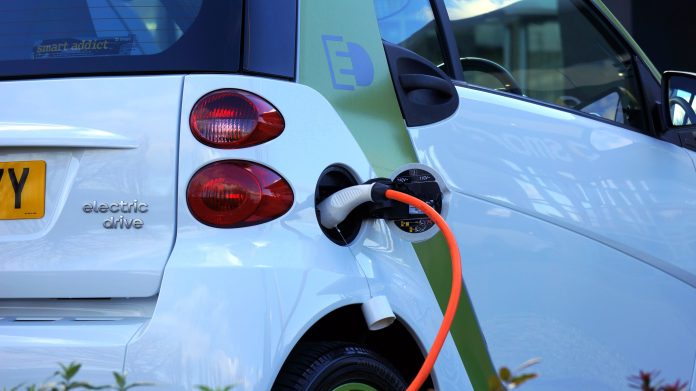To boost the shift towards eco-friendly investment, the EU has introduced rules to define what qualifies as green or sustainable activities.
Why the EU needs a common definition for sustainable investments
Sustainable development requires the preservation of natural resources and respect for human and social rights. Climate action is an important aspect, as the need to limit and mitigate the effects of climate change becomes more and more urgent.
The EU is committed to gradually decreasing its greenhouse gas emissions. The European Green Deal, the EU’s flagship initiative on climate action, sets a goal of zero net emissions by 2050.
To achieve the goal, the EU must invest in new technologies.
Public investment will not suffice and private investors will have to step in to finance climate-friendly projects. This requires clear criteria on what exactly is sustainable and eco-friendly; otherwise, some funding might be directed to “greenwashing” projects that claim to be green, but in reality are not.
Some EU countries have already started developing classification systems. Both companies seeking funding and investors interested in supporting sustainable projects would benefit from common EU standards.
Which economic activities qualify as sustainable?
In June 2020 MEPs approved the taxonomy regulation, a framework that determines which activities can be considered sustainable. This establishes a common classification system across the EU, provides business and investors with clarity, and encourages an increase in private sector funding for the transition towards climate neutrality.
The regulation sets six environmental objectives and states that an activity can be considered environmentally sustainable if it contributes to any of them without significantly harming any of the others.
The “do no harm” principle – which will be further defined by the European Commission – ensures that an economic activity causing more damage to the environment than creating benefits cannot be classified as sustainable. Environmentally sustainable activities should also respect human and labour rights.
The environmental objectives are:
- Climate change mitigation (avoiding/reducing greenhouse gas emissions or increasing greenhouse gas removal)
- Climate change adaptation (reducing or preventing adverse impact on current or expected future climate, or the risks of such adverse impact)
- Sustainable use and protection of water and marine resources
- Transition to a circular economy (focusing on the reuse and recycling of resources)
- Pollution prevention and control
- Protection and restoration of biodiversity and ecosystems
Source: europarl.europa.eu

